Brown-headed Cowbird
A species of Cowbirds, Also known as Cow Bunting Scientific name : Molothrus ater Genus : Cowbirds
Brown-headed Cowbird, A species of Cowbirds
Also known as:
Cow Bunting
Botanical name: Molothrus ater
Genus: Cowbirds
Content
Description People often ask General Info
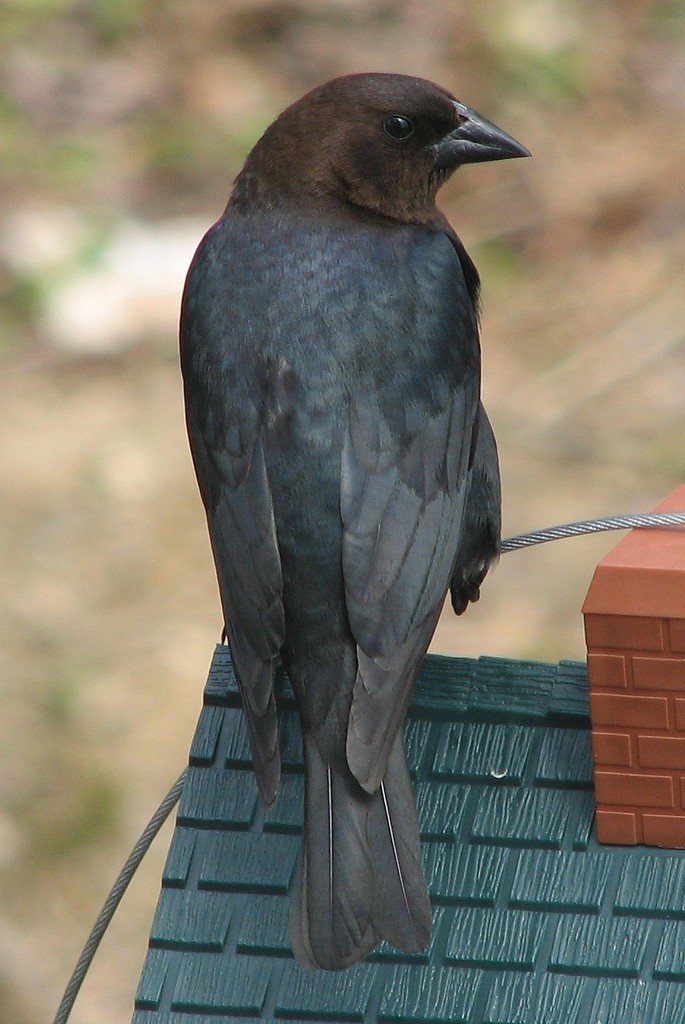 Photo By Trisha Shears , used under CC-BY-SA-2.0 /Cropped and compressed from original
Photo By Trisha Shears , used under CC-BY-SA-2.0 /Cropped and compressed from original Description
The Molothrus ater is a small obligate cowbird found in subtropical regions in North America. It is commonly called brown-headed Cowbird because of the brown feathers on its head. Interestingly it always lays its eggs in the nests of other perching birds.
Size
16 - 22 cm
Life Expectancy
15 years
Nest Placement
Tree
Clutch Size
1 - 7 eggs
Number of Broods
10 - 12 days
Nestling Period
8 - 13 days
Feeding Habits
Brown-headed Cowbird primarily consume seeds from grasses, weeds, and crop grains. They supplement their diet with about 25% insects, such as grasshoppers and beetles, often disturbed by livestock. Females have high calcium needs for egg laying, met by ingesting snail shells and occasionally eggs from other nests.
Habitat
Brown-headed Cowbird inhabit open or semi-open environments such as grasslands, prairies, and fields, often near grazing animals. Thriving in a mix of low vegetation and access to insects, they prefer brushy areas and are common in human-altered landscapes like orchards and residential zones. They generally avoid dense forests, yet forest fragmentation aids their spread. In winter, they join large communal roosts with other blackbird species.
Nest Behavior
Brown-headed Cowbird is a brood parasite, laying eggs in nests of over 140 different bird species during the hosts' breeding season, with no parental care provided to its offspring.
Nest Characteristics
Brown-headed Cowbird does not construct its own nests but lays eggs in a variety of host species' nests, from marshes and forest floors to shrubs, treetops, and tree cavities.
Dite type
Granivorous
People often ask
General Info
Feeding Habits
Bird food type

Black Oil Sunflower Seeds

Hulled Sunflower Seeds
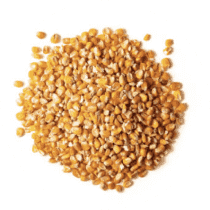
Cracked Corn
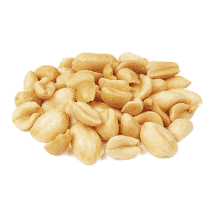
Peanut Hearts
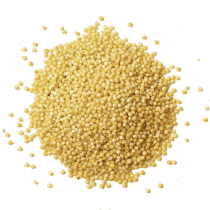
Millet
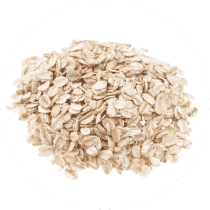
Oats

Milo
Bird Feeder Type

Large Hopper

Platform

Ground
Sounds
Call
Recording location: United States
Behavior
Brown-headed Cowbird predominantly forage on the ground, often accompanied by other blackbird species, seeking food stirred up by grazing animals. Their flight is characterized by consistent wingbeats. The males exhibit a remarkable courtship display, puffing feathers, spreading wings and tails, and displaying in groups. Intriguingly, brown-headed Cowbird exhibit brood parasitism, where females eschew nest-building to instead lay eggs in the nests of other birds, leading to the chicks displacing host eggs.
Distribution Area
Before European settlement, the brown-headed cowbird followed bison herds across the prairies. Its population expanded with the clearing of forested areas and the introduction of new grazing animals by settlers across North America. 